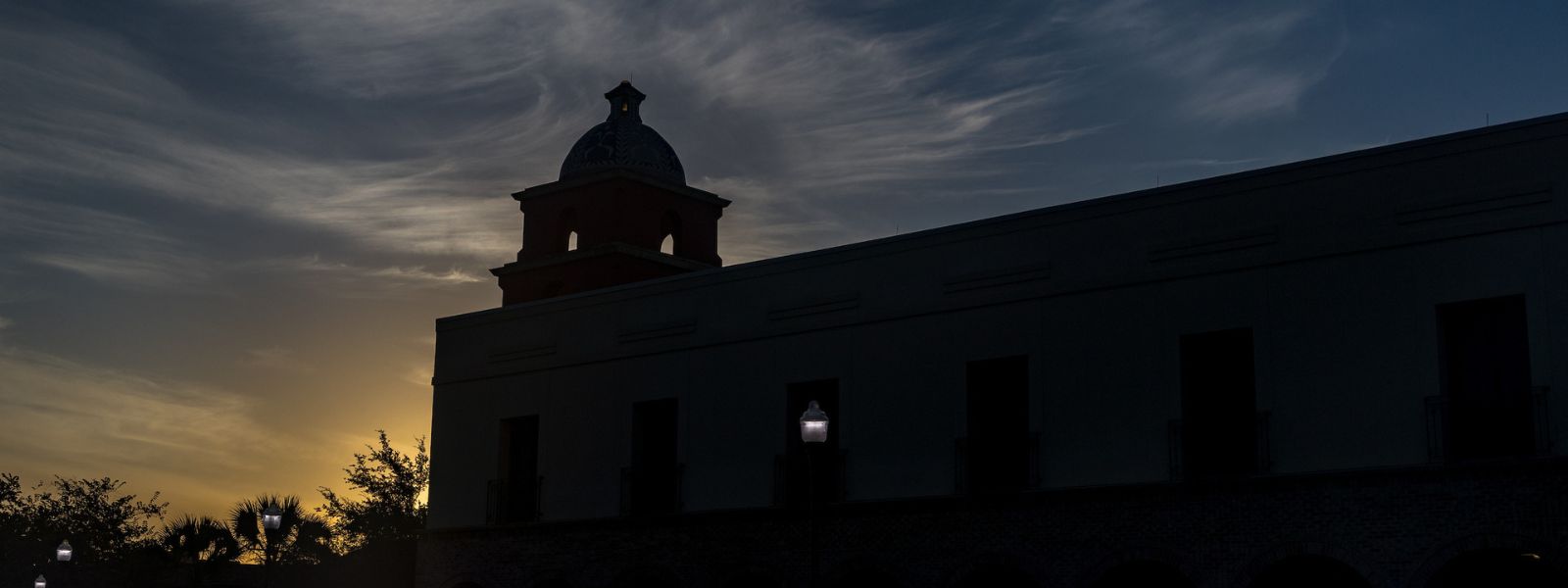
History Faculty Publications and Presentations
Document Type
Book Review
Publication Date
1-2007
Abstract
Nationally recognized jewelry designer, photographer, and Hebbronville native Dian L. Malouf provides a second installment of her ongoing romance with the ranchers of the Texas brush country in Seldom Heard. Reminiscent of her first tome, Cattle Kings of Texas (Beyond Words Publishing, 1991), Seldom Heard is a “coffee table book” that provides what might be called a “romantic eulogy” to the industrious, entrepreneurial, and at times, eccentric behavior of twenty-five ranching families living in the rough mesquite and cactus riddled country south of San Antonio. Malouf views these ranchers in much the same way as late-nineteenth-century photographers perceived Native Americans--as a “vanishing race” whose history and culture needed to be recorded and memorialized so that future generations of Americans will not forget them. In the process of dressing up and posing their subjects, however, some of the well-meaning photographers ended up providing rather stereotypical and inaccurate images that didn’t always square with reality. According to the book’s dust jacket, the author spent fifteen years and traveled more than forty thousand miles conducting the interviews for this project, and she is to be commended for her persistence in corralling the various members of ranching families, many of whom live a rather secluded life in remote areas of the Texas brush country. Lady Bird Johnson, no stranger to ranch life in South Texas, provides a brief preface to the book. Malouf adds two or three black-and-white photographs to each of her short vignettes, usually depicting family members and images of significant and/or unusual ranch structures. Virtually all the ranchers interviewed are fourth- or fifthgeneration Texans, having inherited their properties from a particularly hardworking, enterprising, or lucky ancestor who began accumulating land and cattle during the first half of the nineteenth century. While reading through Malouf’s musings about the noble character attributes of the ranchers, one gets the feeling that it is this founding generation of ranchers that she is really seeking to commemorate.
Recommended Citation
Britten, Thomas A. (Thomas Anthony). Review of Seldom Heard: Ranchers, Ranchos and Rumors of the South Texas Brush Country. Southwestern Historical Quarterly 110, no. 3 (2007): 415-416. doi:10.1353/swh.2007.0005.
First Page
415
Last Page
416
Publication Title
Southwestern Historical Quarterly


Comments
Original published version available at https://doi.org/10.1353/swh.2007.0005